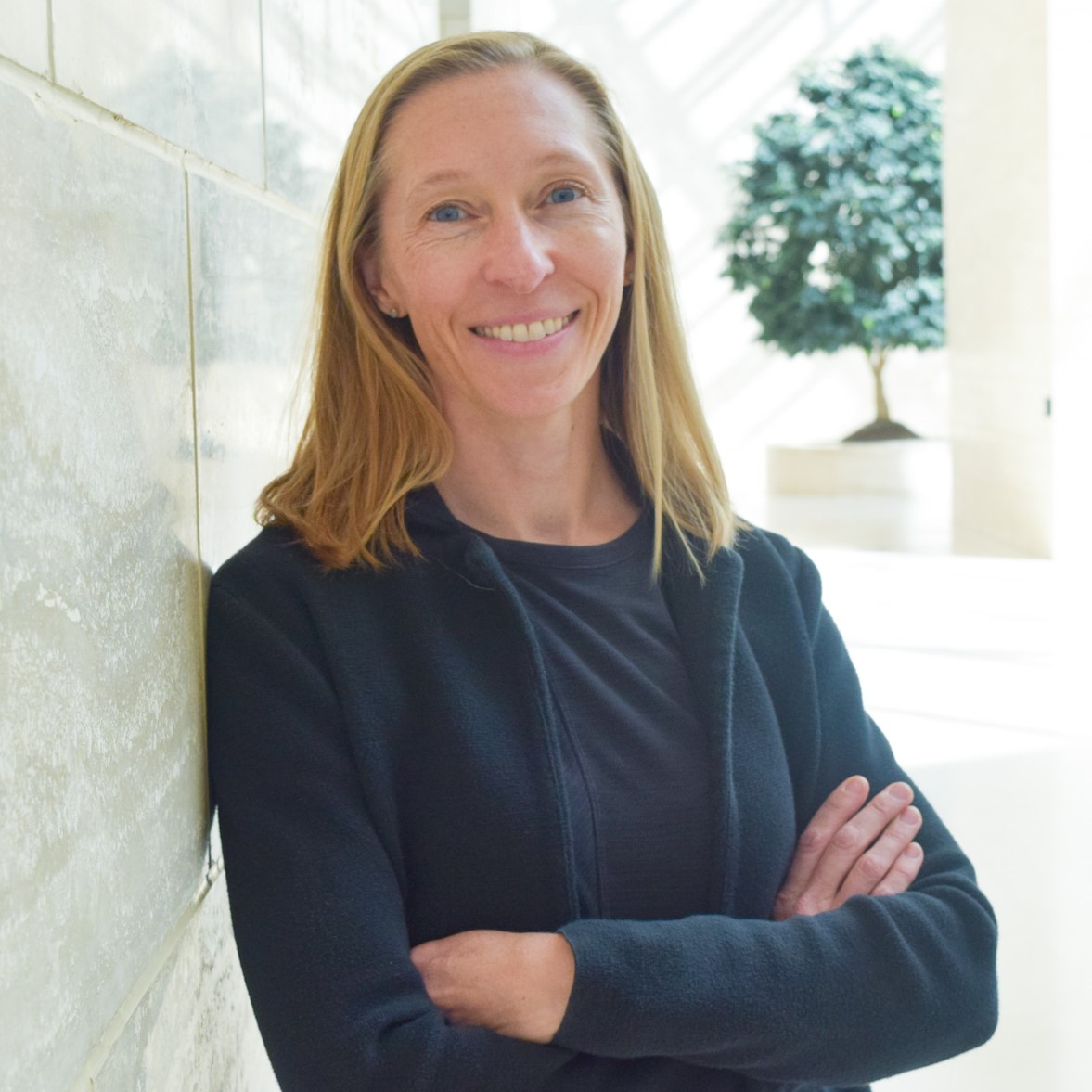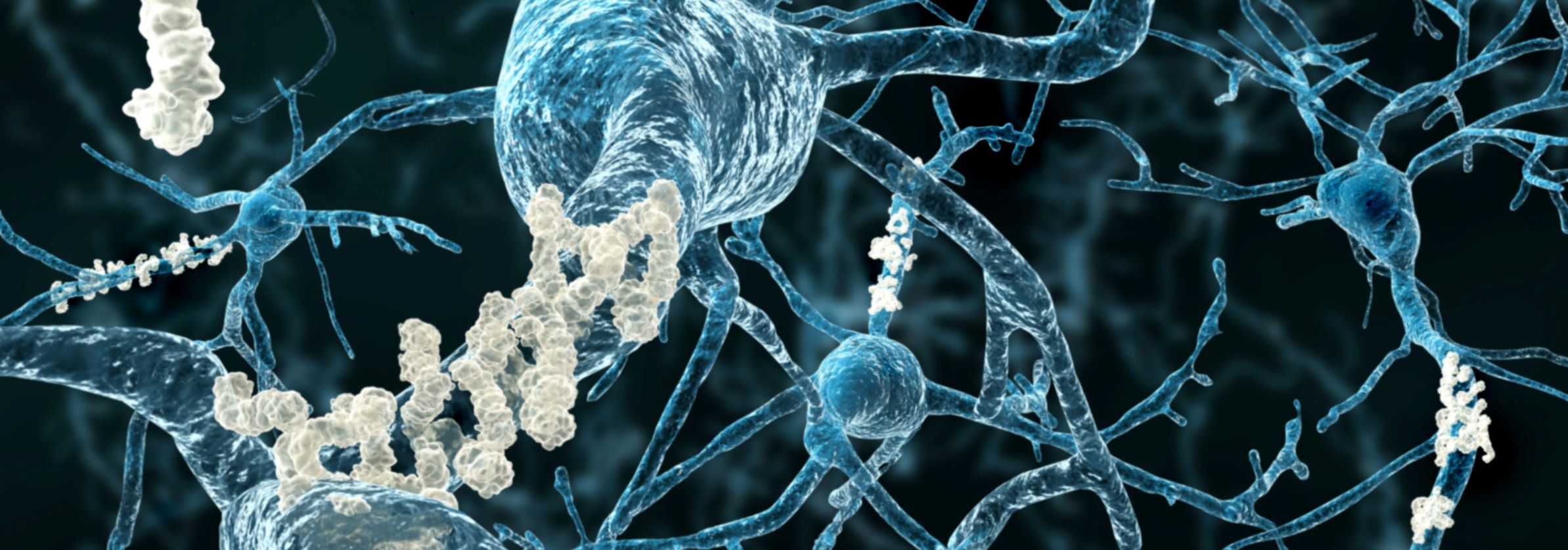by Buck Institute
February 7, 2024 . BLOG
Can we help the aging brain?
The Webb lab focuses on neurogenesis in the adult hippocampus.
 It’s been dogma that after reaching adulthood humans can’t form new brain cells. Basically, the belief has been that if we lose neurons, whether through bad habits, toxic exposures or aging, there’s no replacing them. This dogma has been disproven in rodents. Those animals clearly have the ability to form new neurons in specific areas of the brain (also called neurogenesis) via dormant stem cells that spring to life when needed. Associate professor Ashley Webb is among a growing cohort of researchers who think the human brain may have that same capacity.
It’s been dogma that after reaching adulthood humans can’t form new brain cells. Basically, the belief has been that if we lose neurons, whether through bad habits, toxic exposures or aging, there’s no replacing them. This dogma has been disproven in rodents. Those animals clearly have the ability to form new neurons in specific areas of the brain (also called neurogenesis) via dormant stem cells that spring to life when needed. Associate professor Ashley Webb is among a growing cohort of researchers who think the human brain may have that same capacity.
“Although it remains somewhat controversial, tools have been developed over the past 10 years which make it possible to detect stem cells and new neurons in the human brain. These tools have really pushed the needle in terms of research,” she says.
Webb points out that so far human neurogenesis has been found in just one specific region of the brain, the hippocampus, which is a critical region of the brain for learning and memory functions. “Most of what we know about hippocampal neurogenesis is from mice and rats. And in rodents we know that neurogenesis is essential, particularly as the mice get older, in order to maintain optimal learning and memory related to little tasks that they do.”
The research in humans, especially if it could lead to interventions, is poised to be somewhat gnarly. “I think the hardest work before us is to figure out what these cells are doing functionally. What do we really need them for? And that’s a big task that’s going to take some time to come to definitive conclusions.”
Webb’s team is using mouse models to ask those basic questions. She describes her lab as “very mechanistic and molecular” utilizing genomics, transcriptomics, single cell biology, metabolomics, proteomics and machine learning as tools to aid discovery. “Again, we’re focused on the rodent because we know it is a very well-characterized system that I think will inform what’s going on in humans. And so, the work that we’re doing is really understanding the molecular mechanisms that support a neural stem cell and drive a neural stem cell from what’s essentially a dormant state in the hippocampus, all the way to a functionally integrated neuron.”
“We have two goals,” she explains. “One is to just understand the mechanisms that support healthy neurogenesis, and how those mechanisms change with age. And then we can start to focus on boosting things in the old mouse to actually get the stem cells to form neurons.”
Researchers in the Webb lab have made progress in meeting those goals, having identified deleterious changes linked to faulty protein regulation and metabolism in aged neural stem cells. “We have some direct targets that we know decrease neurogenesis if you don’t have them. Figuring out whether we can boost those targets is our next step.”
Webb’s lab is also looking at neurogenesis in the context of Alzheimer’s mouse models with the idea that boosting neurogenesis should improve the function of the hippocampus in neurodegeneration.
“We know neurogenesis declines in mouse models of Alzheimer’s disease. And those tools I mentioned earlier now enable us to see the same phenomena in post-mortem brain samples from Alzheimer’s patients. So, decreased neurogenesis may be another problem that’s happening in the hippocampus and contributing to the cognitive decline. In humans we don’t know to what extent the loss of neurogenesis is causing Alzheimer’s symptoms, but it’s been observed.”
“I think it’s really important to do the basic research in mice, no matter what the levels of endogenous neurogenesis end up being in humans, because these dormant stem cells in the hippocampus are the only cells that we can tap into that normally make neurons in this context. The scaffolding is there for the new neurons to arise from the stem cells, and the circuitry is there for the neurons to incorporate. And, importantly, the hippocampal stem cells are located in an area where there’s extensive neurodegeneration in Alzheimer’s disease. So, to me working in mice, and mouse models of disease, is the ideal context to understand how to make new neurons in any situation,” she says.
Work in the Webb lab also provides a conceptual framework that is important for the entire field. “There are all kinds of people trying all different strategies to make new neurons, whether it’s cellular reprogramming methods, or cell transplantation where you deliver stem cells to different parts of the brain. I don’t know what’s going to work in the long run, but I think that understanding how a neuron forms in this context, this is our foundation. We have to understand the basic biology underlying neurogenesis in the mouse brain regardless of what’s going on in the human.”

SHARE